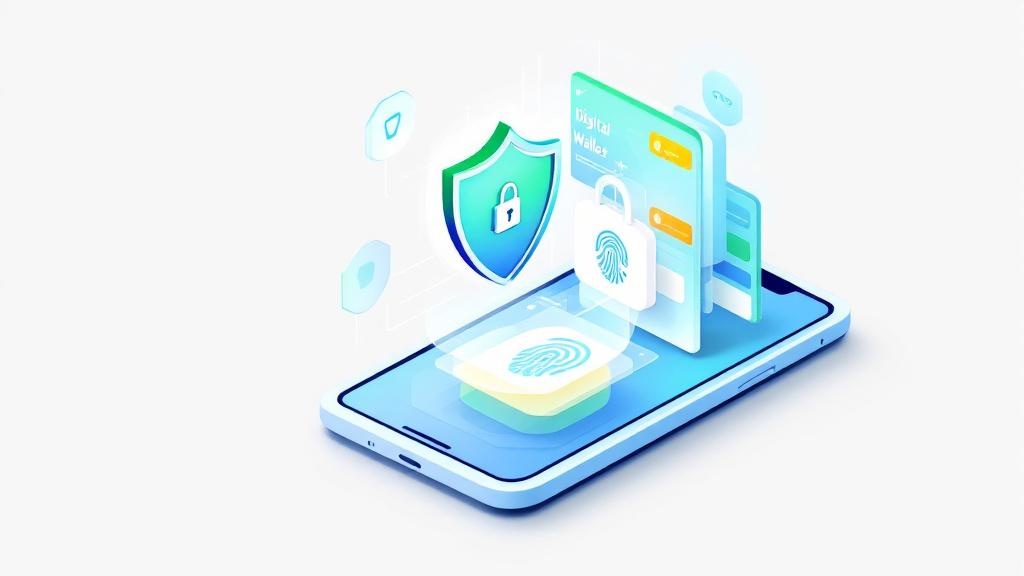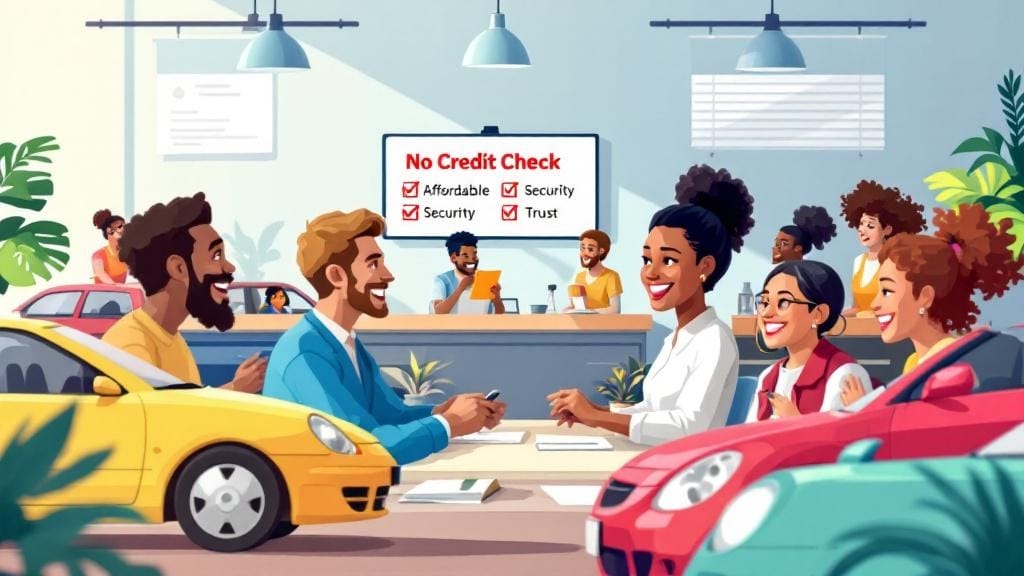In today’s fast-paced world, digital wallets are becoming the go-to method for making payments, storing credentials, and even tracking purchases. Whether you’re using Apple Pay, Google Wallet, or any other mobile payment system, the convenience they offer is undeniable. But with this convenience comes the need for security, as digital wallets are increasingly targeted by cybercriminals. In this blog post, we’ll cover essential tips for maintaining digital wallet security and how to protect your mobile payment apps from potential risks.
What Is Digital Wallet Security?
Digital wallet security refers to the measures, practices, and technologies designed to protect the personal and financial data stored within a digital wallet. This includes preventing unauthorized access to your wallet app, ensuring safe transactions, and defending against hacking attempts or fraud.
In this article, we’ll walk through the best practices for securing your mobile wallet and keeping your sensitive data protected. By the end, you’ll know exactly how to keep your digital wallet safe, ensuring your online payments are as secure as possible.
Why Digital Wallet Security Is So Important
With the rise of mobile payments, secure online payments are more critical than ever. Digital wallets hold a wealth of sensitive information, such as credit card details, bank account numbers, and even passwords. A breach in wallet security could lead to identity theft, unauthorized transactions, or even a full-blown financial disaster.
Moreover, hackers are constantly finding new ways to bypass security measures. That’s why it’s essential to stay up to date with the best security practices for mobile wallets. Protecting your wallet app security is not just a good idea—it’s a necessity.
Key Risks of Digital Wallets
Before we dive into the best security practices for mobile wallets, let’s take a moment to understand the risks of using a digital wallet:
Hacking and Data Breaches: Cybercriminals can exploit vulnerabilities in mobile payment apps, gaining access to your sensitive data.
Phishing Attacks: Fraudsters may try to trick you into revealing your wallet’s credentials by mimicking legitimate institutions or services.
Malware and Ransomware: Malicious software can infect your phone, giving hackers access to your wallet or locking it until a ransom is paid.
Lost or Stolen Devices: If your phone is lost or stolen, your digital wallet could be vulnerable to unauthorized access unless you have proper security measures in place.
Now that we understand the risks, let’s look at the steps you can take to secure your digital wallet.
Best Security Practices for Mobile Wallets
1. Use Strong Authentication
One of the easiest and most effective ways to protect your digital wallet is to use strong authentication methods. This includes:
Two-Factor Authentication (2FA): Enable 2FA on your wallet app to add an extra layer of protection. This requires you to confirm your identity via another method, such as a text message or authentication app, before accessing your wallet.
Biometric Authentication: Fingerprint or facial recognition technology adds another level of security. Mobile wallets like Apple Pay and Google Pay offer these features for easy yet secure access.
Strong PIN or Password: Use a unique, complex password for your wallet app. Avoid using easily guessable codes like “1234” or your birthdate.
2. Enable Remote Lock and Wipe Features
If your phone is lost or stolen, you’ll want to ensure that your digital wallet protection is intact. Most modern smartphones offer the ability to remotely lock or wipe the device to prevent unauthorized access.
For iPhone: Enable Find My iPhone to lock and erase your device remotely.
For Android: Use Find My Device to lock and erase your phone remotely.
These features help to mitigate the risk of your wallet app being accessed by a thief.
3. Keep Your Software Up to Date
Cybersecurity for digital wallets depends heavily on keeping both your phone’s operating system and the wallet app up to date. Developers regularly release patches to fix security vulnerabilities and improve the overall protection of the app.
Always install the latest updates for your wallet app as well as your phone’s operating system.
Be cautious about downloading third-party apps that could compromise your device’s security.
4. Avoid Public Wi-Fi for Transactions
Public Wi-Fi networks are often unsecured, which makes it easier for hackers to intercept data. Avoid using public Wi-Fi to make mobile payments or access your digital wallet.
Instead, use your mobile data connection for transactions, as it’s more secure.
If you must use public Wi-Fi, use a VPN (Virtual Private Network) to encrypt your internet traffic and protect your data.
5. Monitor Your Transactions Regularly
Another essential step for mobile payment security is to regularly monitor your wallet transactions for any unauthorized activity. Most wallet apps offer transaction history logs, making it easy to spot any suspicious activity.
Set up transaction alerts so you’re notified of any charges or transfers.
If you notice any irregularities, immediately report them to your wallet provider.
6. Secure Your Device with Anti-Malware Software
Malware is a growing concern in mobile security. By installing anti-malware or antivirus software on your device, you can scan for malicious threats and protect your wallet from potential vulnerabilities.
Popular apps like McAfee, Norton, or Avast provide robust protection against malware and other threats.
7. Be Wary of Phishing Scams
Phishing attacks are one of the most common ways fraudsters try to gain access to your wallet. Hackers often use fake emails or text messages to trick you into providing sensitive information.
Always verify the sender of any message that asks for your wallet credentials.
Never click on links or open attachments from unknown sources.
FAQs: Digital Wallet Security
How to keep your digital wallet secure?
To keep your digital wallet secure, enable two-factor authentication, use biometric authentication, update your software regularly, and avoid public Wi-Fi for transactions. Additionally, monitor your wallet’s transactions regularly and use remote wipe features in case of device theft.
What are the best security practices for mobile wallets?
The best practices for mobile wallets include using strong authentication (2FA and biometrics), keeping your device updated, avoiding public Wi-Fi, and using a VPN. Always monitor your transactions and employ anti-malware software to protect your phone.
How to prevent digital wallet hacking?
Prevent digital wallet hacking by enabling strong authentication, using unique passwords, and being cautious of phishing scams. Regularly update your app and use remote lock and wipe features to protect your wallet in case your device is lost or stolen.
Are mobile payment apps safe?
Mobile payment apps are generally safe if you take the necessary precautions. However, they can be vulnerable if you don’t use strong authentication, update your app regularly, or protect your phone from malware. Following best practices for mobile wallet safety can significantly reduce risks.
What are the risks of using a digital wallet?
Some of the risks of using a digital wallet include hacking, phishing, malware, and the potential for losing your device. However, these risks can be minimized by following proper security practices, like enabling two-factor authentication and using secure internet connections.
How to secure your mobile wallet account?
To secure your mobile wallet account, enable two-factor authentication, use biometrics, and regularly check your transaction history for suspicious activity. Make sure to set a strong password and use a secure internet connection when making payments.
How do I protect my digital wallet from fraud?
To protect your digital wallet from fraud, be mindful of phishing attempts, use secure internet connections, and enable all available security features like 2FA and biometric login. Always monitor your wallet’s activity and be cautious when downloading third-party apps.








Comments (0)